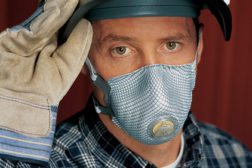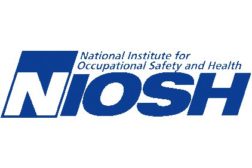Home » Keywords: » Exposures
Items Tagged with 'Exposures'
ARTICLES
OSHA
The truth that sickens and kills
Michaels admits PELs are outdated, dangerous
November 1, 2013
Chemistry industry says OSHA safety tools are “too narrow”
ACC urges agency to get stakeholder input
October 31, 2013
Tests on Gulf spill cleanup workers show altered blood chemistry
Exposure to oil, dispersants heightens cancer risk
October 2, 2013
Contractors wanted: Help NIOSH advance research to protect workers from silica
Testing at real work sites needed
March 29, 2013
Cadmium and lead linked to hearing loss in U.S. adults
Even low levels can damage hearing
February 21, 2013
Never miss the latest news and trends driving the safety industry
eNewsletter | Website | eMagazine
JOIN TODAYCopyright ©2024. All Rights Reserved BNP Media.
Design, CMS, Hosting & Web Development :: ePublishing








